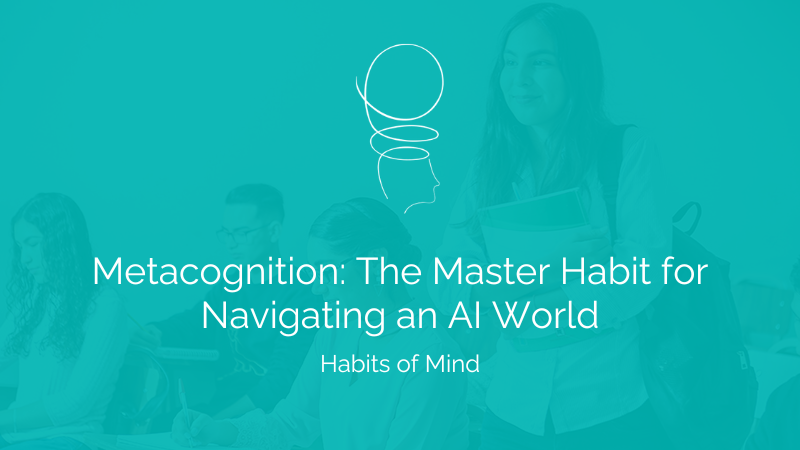One of my favorite concepts to share with educators is a simple but powerful phrase: “Easy is earned.” What feels difficult today becomes easier through practice and development of skill. The goal of learning isn’t to find what feels easy now—it’s to engage in challenges so that more things feel easy in the future.
But what happens when AI makes “hard things easy” without the learning?
The Short-Circuit Effect
In traditional learning, students moved tasks from their Learning Zone to their Comfort Zone through practice and skill development. This progression built not only competence but confidence—they earned the ease through effort.
AI short-circuits this process. Tasks can now move directly from Learning Zone (or even Aspirational Zone) to Comfort Zone without development of underlying capabilities. A student who uses AI to write an essay doesn’t develop writing skills; they develop AI-prompting skills.
This creates a concerning gap: a widening distance between what students can do with AI and what they can do independently.
Challenge Calibration in the AI Era
The Learning Zones framework helps us understand how to recalibrate challenge appropriately:
- Comfort Zone Tasks + AI: When AI handles tasks already in a student’s Comfort Zone, efficiency increases but growth is minimal. These represent missed learning opportunities.
- Performance Zone Tasks + AI: When AI enhances performance, standards rise but competence may not. Assessment becomes about AI collaboration skills rather than subject mastery.
- Learning Zone Tasks + AI: The most critical area for teacher intervention. AI can transform learning challenges into comfort zone tasks, eliminating productive struggle.
- Aspirational Zone Tasks + AI: AI can make previously unreachable challenges accessible, but students may lack the foundation to truly understand their work.
Developing True Learnership
Remember that Learnership—expertise in learning itself—develops primarily through engagement with appropriately calibrated challenges in the Learning Zone.
Key elements of Learnership that require deliberate development include:
- Challenge Relationship: Seeing challenge as a pathway to growth rather than an obstacle to avoid
- Effort Investment: Applying effort strategically where it produces the most growth
Productive Mistake-Making: Designing and learning from valuable mistakes - Feedback Ownership: Taking charge of the feedback process
- Habits of Mind: Developing thinking dispositions that enable increasingly complex problem-solving
Each of these can be undermined or enhanced by AI, depending on how we structure learning experiences.
Practical Approaches
Here are three strategies for maintaining appropriate challenge levels in the AI era:
- Process Visibility: Make learning processes visible and valued, not just outputs. Ask students to document their thinking, not just their answers.
- Strategic AI Boundaries: Create clear guidelines for when AI use is appropriate, when it’s limited, and when it’s prohibited. Explain the learning rationale behind these boundaries.
- Challenge Ladders: Design sequences of challenges that gradually reduce scaffolding—including AI scaffolding—as students develop capabilities.
These approaches help maintain the essential “stretch, don’t strain” balance that effective learning requires. They ensure that while AI might make some tasks easier, students still engage in the productive struggle that builds Learnership.
For a deeper exploration of how to develop students’ relationship with challenge, check out “Learnership”.



